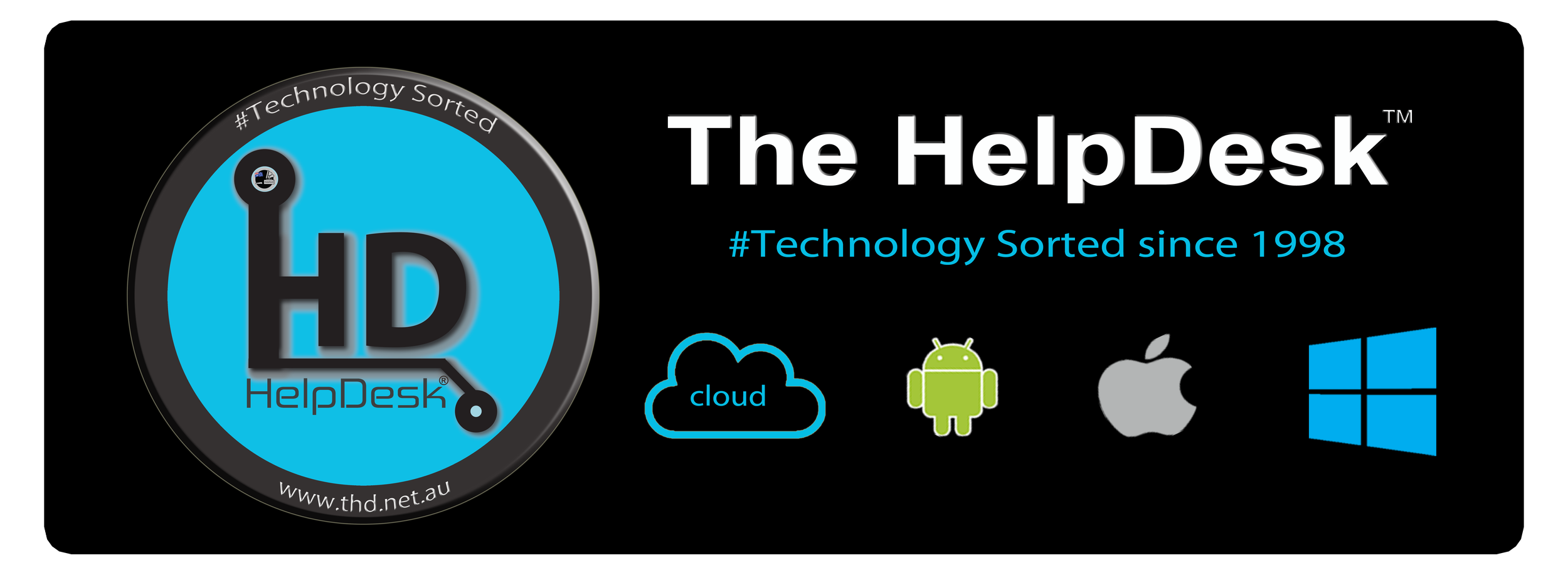What do you do if your business is transitioning to cloud computing?
/Assess Needs
Before diving into cloud computing, it's crucial to assess your current network's capabilities and future requirements. Determine which services and data are most critical to your business operations and consider their compatibility with cloud solutions. Evaluate the bandwidth needs to ensure your network can handle increased cloud traffic. Additionally, identify any regulatory compliance standards that must be adhered to when data is stored off-premises. This preparatory step is essential for a seamless transition.
Plan Migration
Once you've assessed your needs, develop a detailed migration plan. This should include a timeline, the selection of cloud service providers, and the determination of which parts of your network will move to the cloud first. Prioritize applications that will benefit most from cloud scalability and flexibility. It's also wise to consider a phased approach, starting with non-critical systems to mitigate risk. During this stage, ensure that your team is trained and ready to manage new cloud-based tools and services.
Secure Your Data
Security in the cloud is non-negotiable. You must ensure that your data is protected during and after the transition. Familiarize yourself with the cloud provider's security protocols and confirm they align with your organization's policies. Implement encryption for data at rest and in transit, and use robust authentication and access control measures. Regularly review and update your security practices to address emerging threats. Keeping your data secure in the cloud is a continuous process that demands vigilance.
Monitor Performance
Monitoring network performance is vital during the transition to cloud computing. Establish metrics to evaluate the performance of your cloud services against your on-premises infrastructure. Use network monitoring tools to track bandwidth usage, latency, and the availability of cloud applications. Monitoring helps in identifying potential issues early, allowing you to address them proactively. It also provides insights into whether the cloud services are meeting your expectations and business needs.
Manage Ongoing Costs
Cost management is a significant aspect of transitioning to cloud computing. Understand the pricing models of your chosen cloud services and monitor your usage to avoid unexpected expenses. Implement cost-control mechanisms like automated alerts when you're approaching budget limits. Regularly review your cloud expenditures to ensure you're optimizing resources and getting the best value for your investment. Effective cost management ensures that your move to the cloud does not lead to financial surprises.
Train Your Staff
Finally, invest in training your staff to manage the new cloud environment efficiently. Cloud computing often requires new skills and knowledge, so providing the necessary training is critical for a successful transition. This includes understanding cloud-specific security practices, managing virtualized network resources, and using new management tools provided by cloud vendors. Well-trained staff will be better equipped to handle the challenges of a cloud-based network and contribute to its optimal functioning.
Here’s what else to consider
Ensure EVERY user account is protected by Multifactor Authentication (MFA). This guarantees you will get the best protection and significantly reduce the risk of getting hacked or data breaches.
The HelpDesk™ a Commerce Services Australia Company 📞 Tollfree 1300-085222



